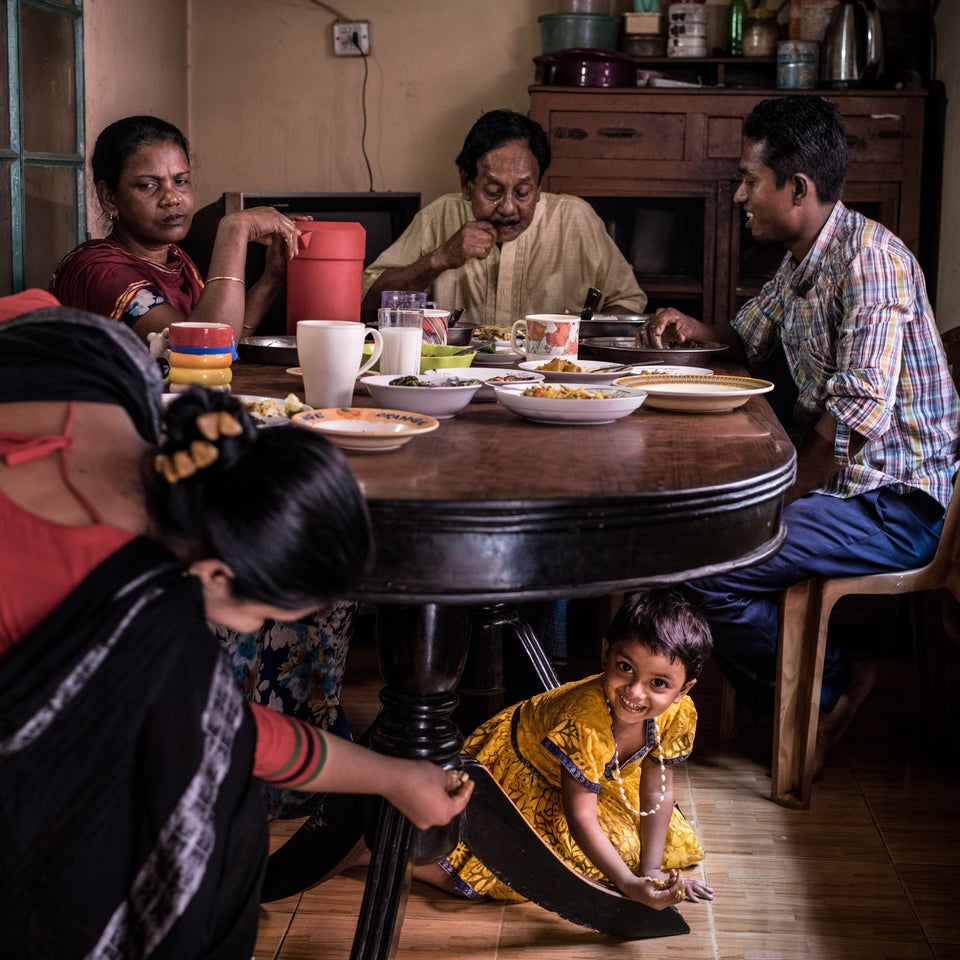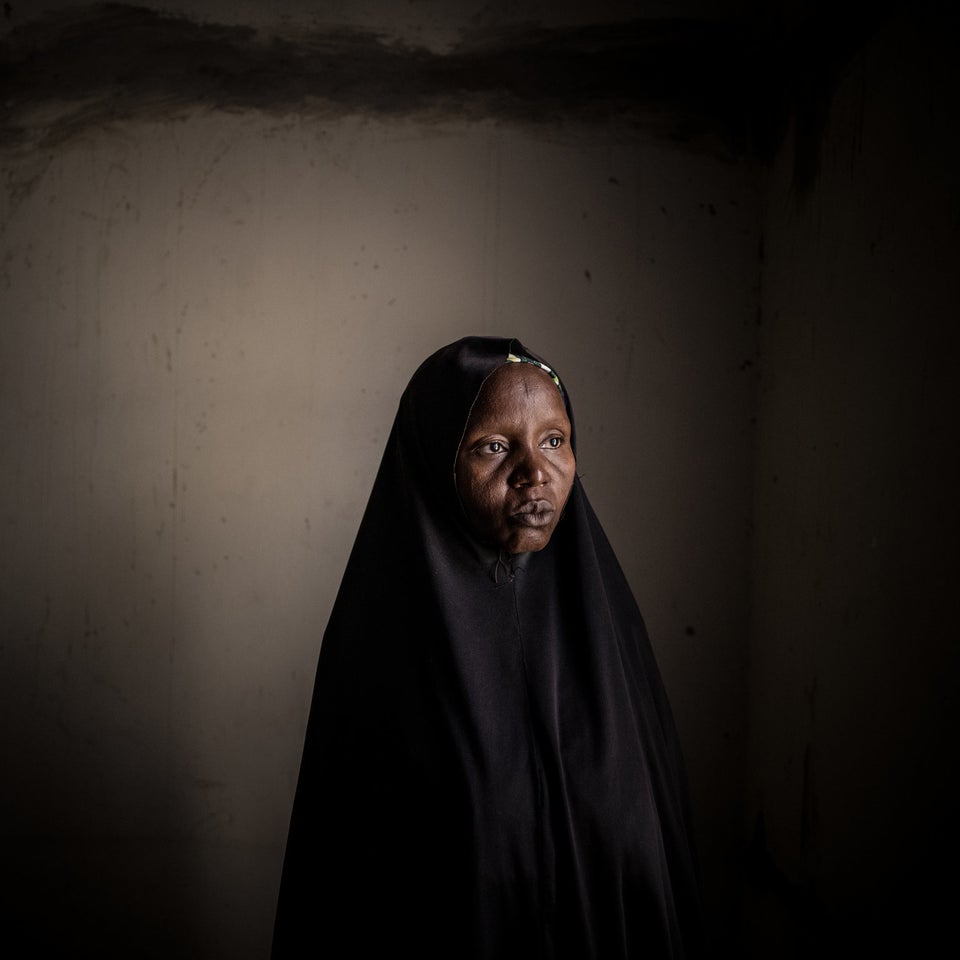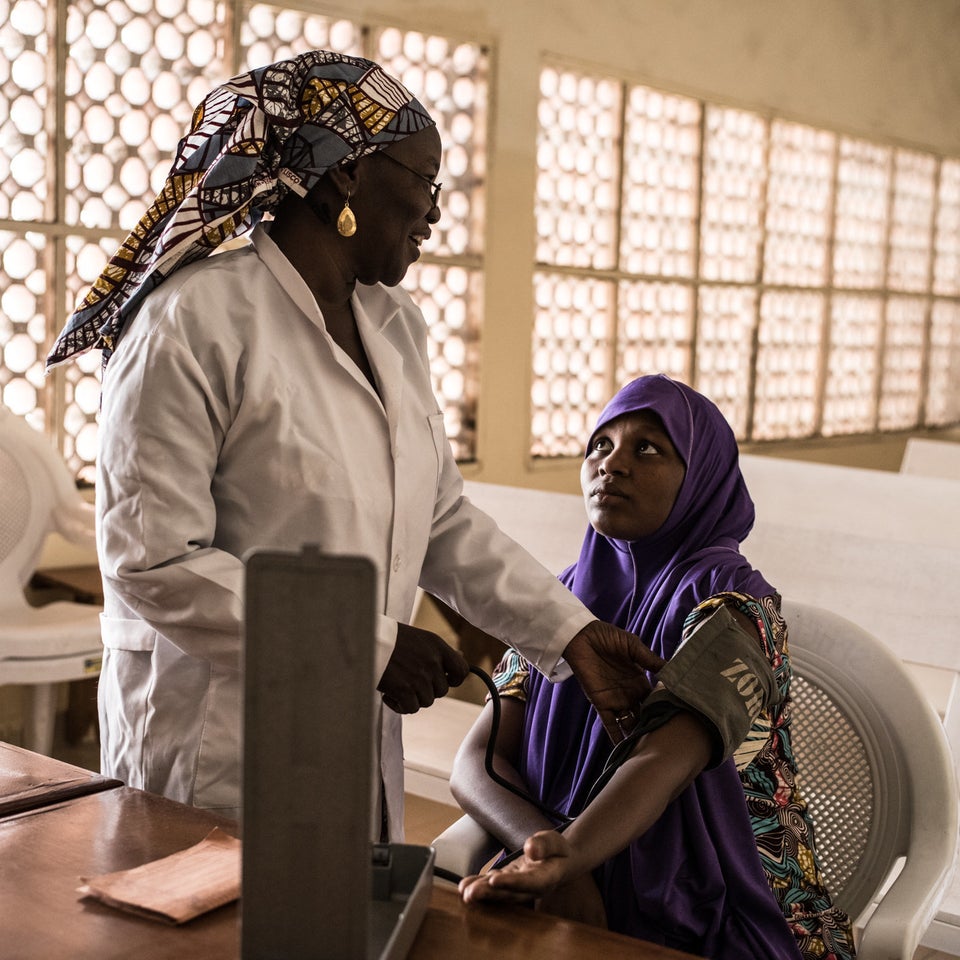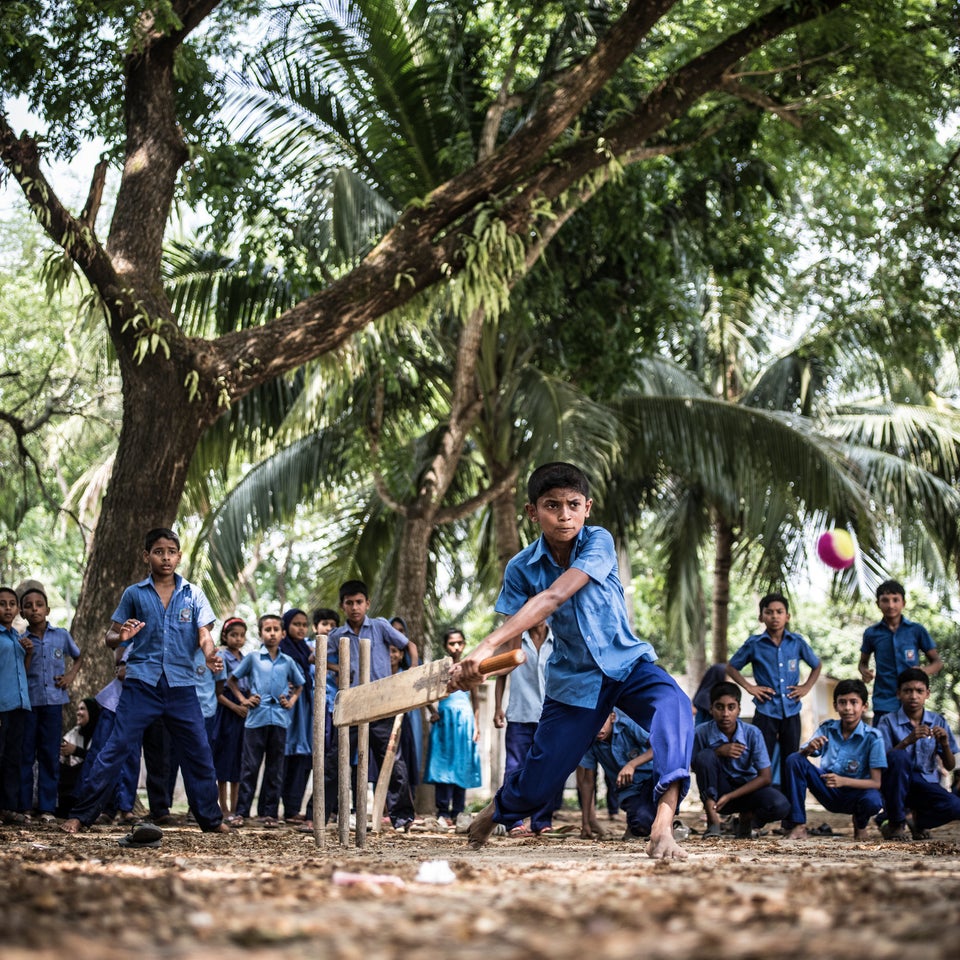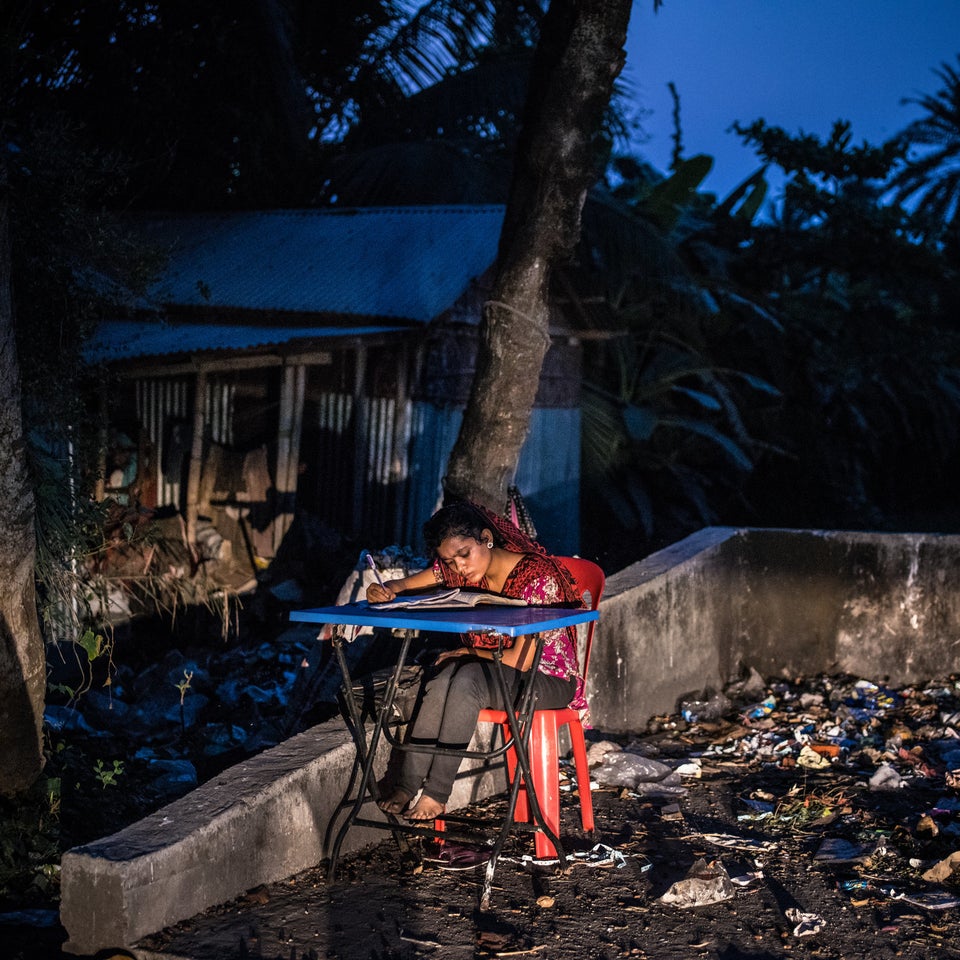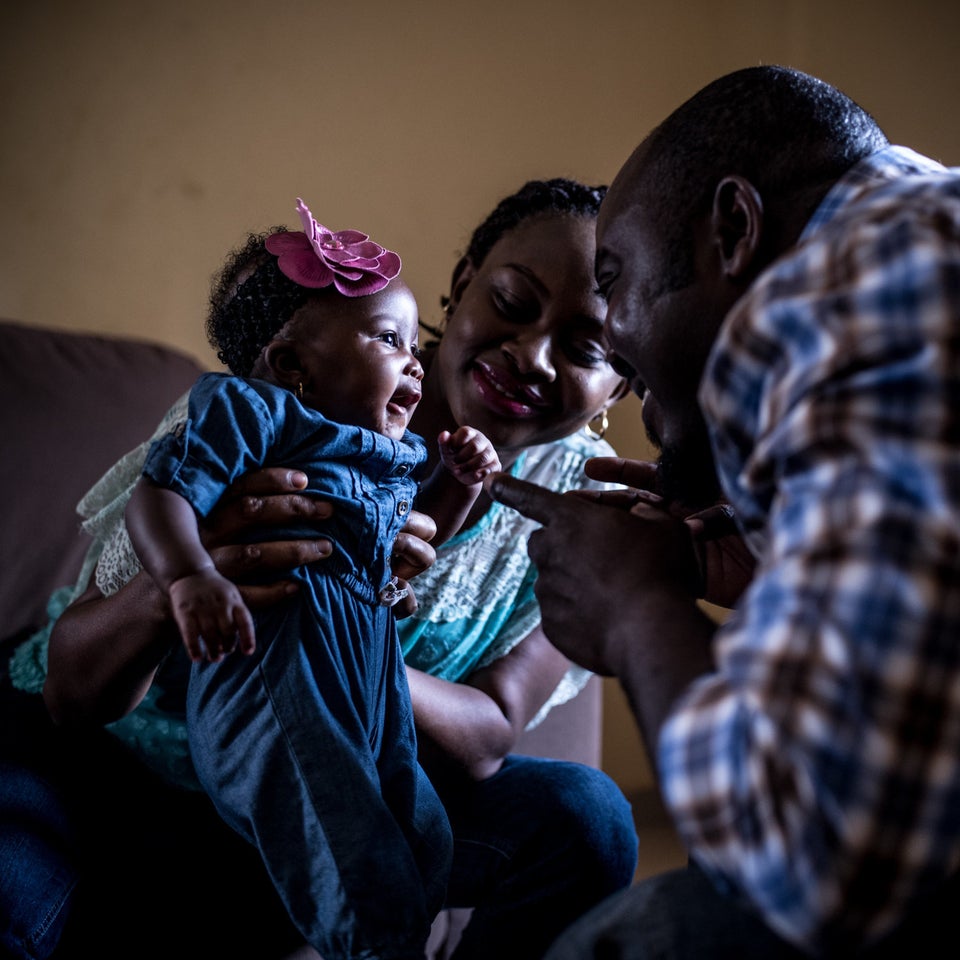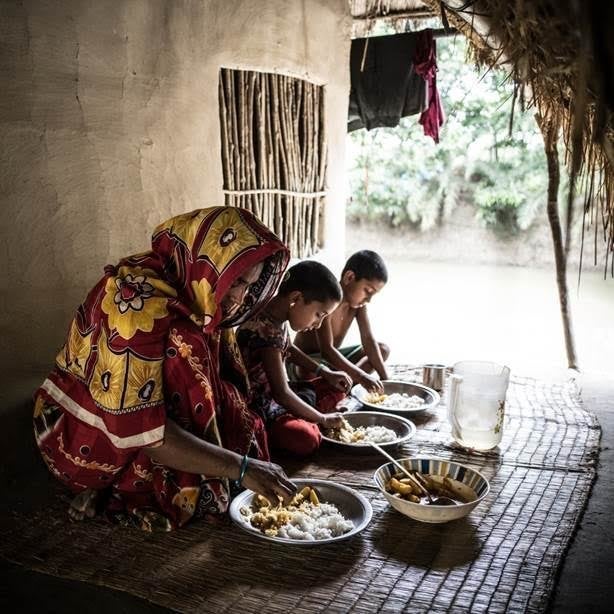Access to nutritious food, clean drinking water, a proper education and a safe place to live is essential for healthy development, but millions of children around the world are deprived of these basic human rights.
About 16,000 children die every day. Many of their deaths are caused by treatable or preventable issues including malnutrition, which can be attributed to nearly half of all deaths in children under the age of 5. Some 59 million primary school-aged kids are not enrolled in school, the majority of whom live in poor households. One in three women aged 20 to 24 were married as children, and an adolescent girl is killed by an act of violence every 10 minutes.
Circumstances caused by war, conflict, poverty and natural disasters are beyond children's control, but often have devastating effects on their lives.
"When children do not have a fair chance in life, significant inequalities emerge between those who have the most and those who have the least," notes The United Nations' children's rights advocacy branch, UNICEF. "Those inequalities are passed from generation to generation in a vicious circle that has significant economic, political and social consequences -- leading to an unequal and unfair world."
Take a look at these striking photos from UNICEF that highlight the importance of working toward a world that offers a fair chance for every child.
